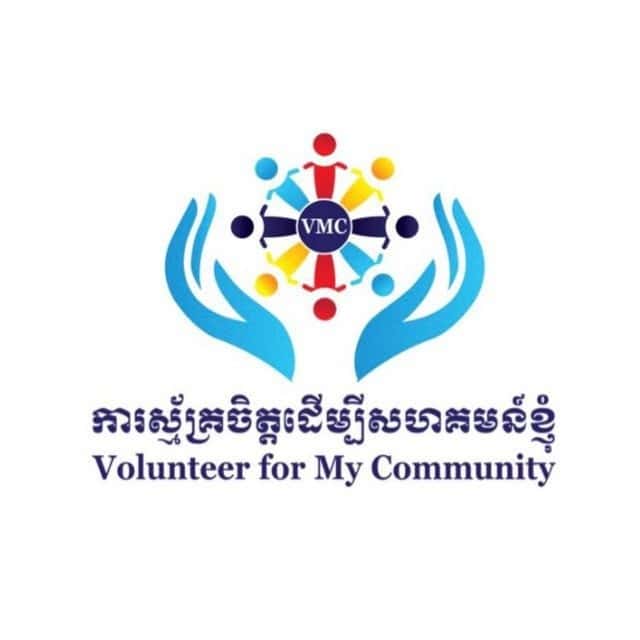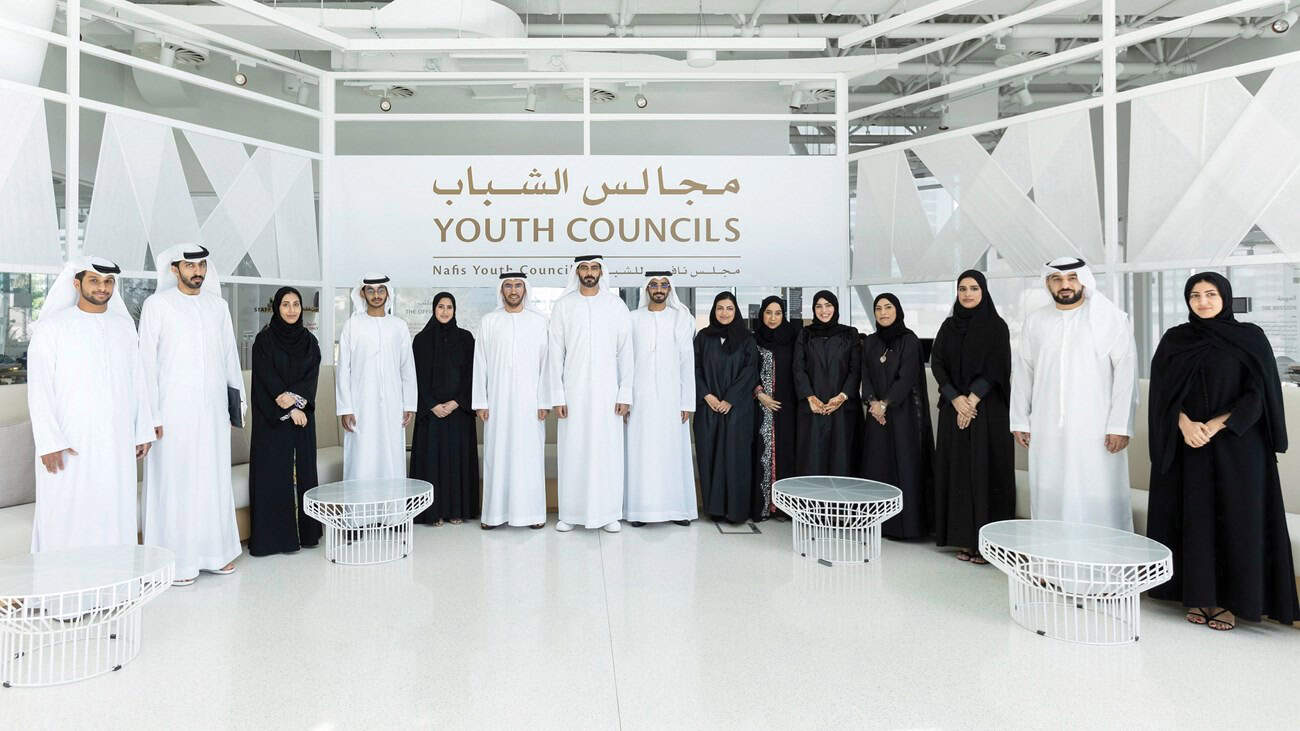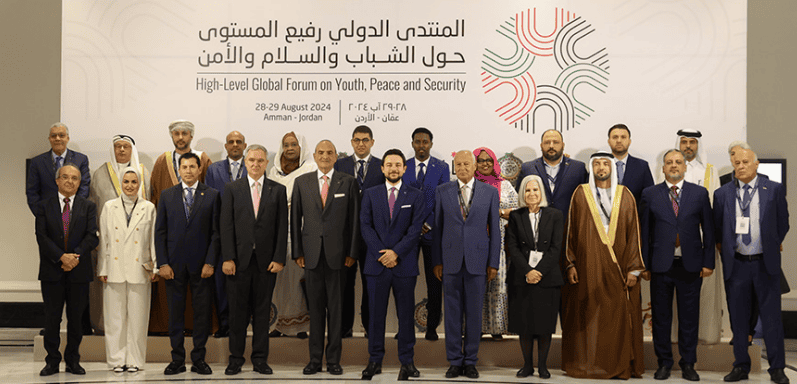“Volunteer for My Community” Program (VMC)
Promoting youth volunteerism to address community needs and foster social responsibility.
Last Updated: October 9, 2025

Best Practice Overview
| Promoting youth volunteerism to address community needs and foster social responsibility. |
Objectives:
- Engage youth in community development projects.
- Cultivate leadership, teamwork, and empathy.
- Address social, educational, and environmental challenges.
Duration of the Initiative:
- Pilot launched in 2020; expanded nationwide by 2022 (Ongoing).
Positive Impact:
- Engaged over 10,000 youth volunteers.
- Completed more than 300 impactful community projects.
- Strengthened youth leadership and enhanced social cohesion.
Target Group:
- High school students and out of school youth across 25 provinces in Cambodia.
Preparation Phase:
- -Program vision: “Volunteer for My Community” (VMC) program is to cultivate a vibrant, empowered community where every citizen actively contributes their time and skills to address local needs, fostering a sense of ownership and positive change through widespread youth volunteerism, ultimately building a more resilient and socially responsible society across all demographics.
- +Key elements of this vision include:
- Empowering Youth Leadership: VMC aims to equip young people with the necessary skills and confidence to identify community issues, initiate projects, and lead positive change within their neighborhoods.
- Inclusive Participation: Creating a welcoming environment where individuals from diverse backgrounds and abilities feel encouraged to contribute their talents and perspectives to volunteer initiatives.
- Community-Driven Projects: Fostering a culture where volunteer activities are directly aligned with local priorities and needs, addressing issues like education, environment, health, and social welfare.
- Sustainable Impact: Building a network of engaged volunteers who not only contribute actively but also inspire others to become involved in long-term community development efforts.
- Skill Development: Providing opportunities for volunteers to gain valuable skills in project management, leadership, communication, and critical thinking through their participation in VMC programs.
- Identifying partners: school rector, provincial officials, NGOs, debate clubs, and private sector sponsors to provide resources and expertise.
- Organizational committee structure: Establish teams for logistics, training, evaluation, and media relations.
- Timeline: step-by-step plan covering registration, training sessions, preliminary rounds, and the final debate.
- Media plan: Use diverse channels such as social media, print media, and community outreach to maximize visibility and participation.
- Resources: Secure funding for venue rentals, participant materials, travel subsidies, and awards.
- Participant selection mechanism: Introduce an online application platform with detailed guidelines to ensure fairness and inclusivity.
Implementation Phase:
- Program registration: Create both online and offline registration channels to ensure accessibility.
- Managing the initiative: Organize training sessions to equip volunteers with the skills needed for their projects.
- Monitoring performance: Implement a system to track progress, address challenges, and provide real-time feedback to volunteers.
- Documentation: Capture impactful moments through high-quality photos, videos, and participant stories.
Post-Initiative Phase:
- Evaluating the initiative: Use surveys and focus group discussions to measure project effectiveness and volunteer satisfaction.
- Preparing the final report: Document successes, lessons learned, and recommendations for scaling the program.
- Follow-up: Maintain engagement through recognition events, mentorship programs, and new volunteering opportunities.
Other Best Practices
Explore similar initiatives that have empowered youth in entrepreneurship and innovation.
"Lamea" National Project
An interactive training program developing elite youth into national leaders by enhancing their skills, performance, and engagent in key projects. It aligns with Lamea Association under the Ministry of Youth Affairs.
Youth Councils
A youth group, representing both institutional and geographical scopes, is accredited according to the standards set by the Federal Youth Authority, with legislation and decisions guiding its establishment. Through various initiatives and projects, youth councils work to implement the national youth agenda, driven by young individuals who bring boundless energy and skills.
Youth, Peace and Security Initiative
Initiative of His Royal Highness Crown Prince Al Hussein bin Abdullah II during his chairmanship of the open discussion session at the UN Security Council, which resulted in the unanimous adoption of Resolution 2250 on Youth, Peace and Security.






